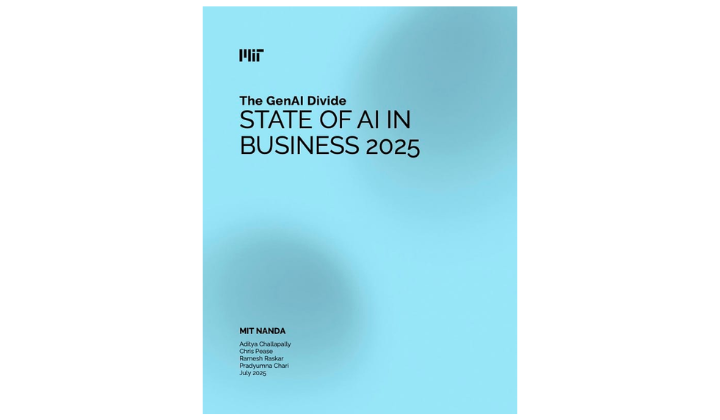
By signing up for your free account, you agree to receive e-mails from Triggre.
Generative AI has reached the peak of inflated expectations on Gartner’s Hype Cycle, a model that shows how emerging technologies evolve over time. It starts with a breakthrough, rises into hype and inflated promises, drops into disillusionment, and eventually levels off into practical use cases that actually deliver value.

Today, generative AI is in the spotlight. Tools like ChatGPT, Copilot, and custom LLMs are being integrated into workflows, applications, and teams. But beneath the surface of the buzz is a growing question: is generative AI really bringing value to businesses, or is it just noise?
According to MIT’s State of AI in Business 2025 Report, despite $30–40 billion invested into genAI by enterprises, 95% of companies are seeing zero measurable return on that investment.

The key finding: there is a “GenAI Divide” between a small group of companies generating real value, and the vast majority who are not. Just 5% of AI initiatives are translating into meaningful financial impact. Most companies are stuck in pilot mode or have failed deployments.
Some of the reasons:
So, according to the report, while AI adoption is high — with 80% of organizations piloting tools and 40% deploying them — most of the impact is still superficial.
That report has sparked debate. Critics, including the Marketing AI Institute, argue that the MIT study may be oversimplifying the picture.
The main counterpoints:
In short, the criticism is: just because an AI initiative doesn’t move the P&L needle in six months doesn’t mean it has no value.
This is where the hype cycle helps us. We’re likely heading into the Trough of Disillusionment, the stage where reality sets in and many early initiatives fail. That’s a normal part of the cycle. But it’s also the time when real opportunities emerge.
GenAI’s true business value lies in:
Generative AI isn’t magic. It won’t fix broken processes or turn poor data into business growth. But when used intentionally — not just as a chatbot, but as part of a digital process — it can reduce waste, unlock value in your existing assets, and free up your team to focus on what matters.
The hype will fade, but the companies that structure their processes to use AI effectively will come out ahead. The opportunity is not about replacing people. It’s about enabling them to do more — and do it better.